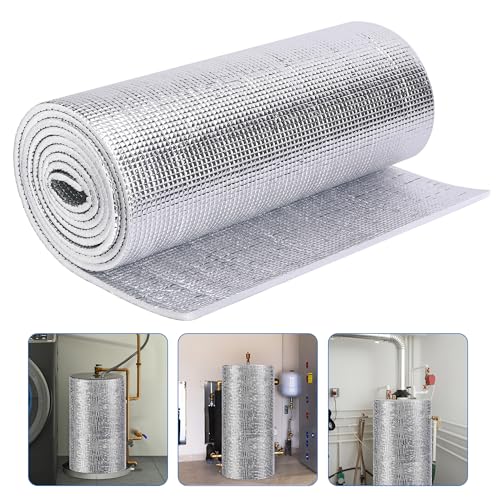Where do I stand
First of all I really appreciate all the comments and suggestions. You are all very knowledgeable and sharing and I have learned a lot. Thank You.
1. I do believe my system was originally steam and converted to a hot water boiler in the distant past.
2. Talking with past owners, visitors and past service people, I do believe the system worked quite well with the hot water boiler in the past.
3. I am convinced the system contains a significant amount of sludge which does not come out by mere emptying, flushing and refilling.
It would be ideal to take out each radiator, flush out outside and reinstalled but being large cast iron weighting 100's of lbs each, this is not feasible.
I do however want to get as much sludge out as I can but am torn between trying to find a contractor with the equipment to come to my remote part of Kansas and do a thorough power wash with magnets etc, OR use the suggested 'Weil-McLain Sentinel-X400' and should this be done before or after adding the circulating pumps.
Comments please.









